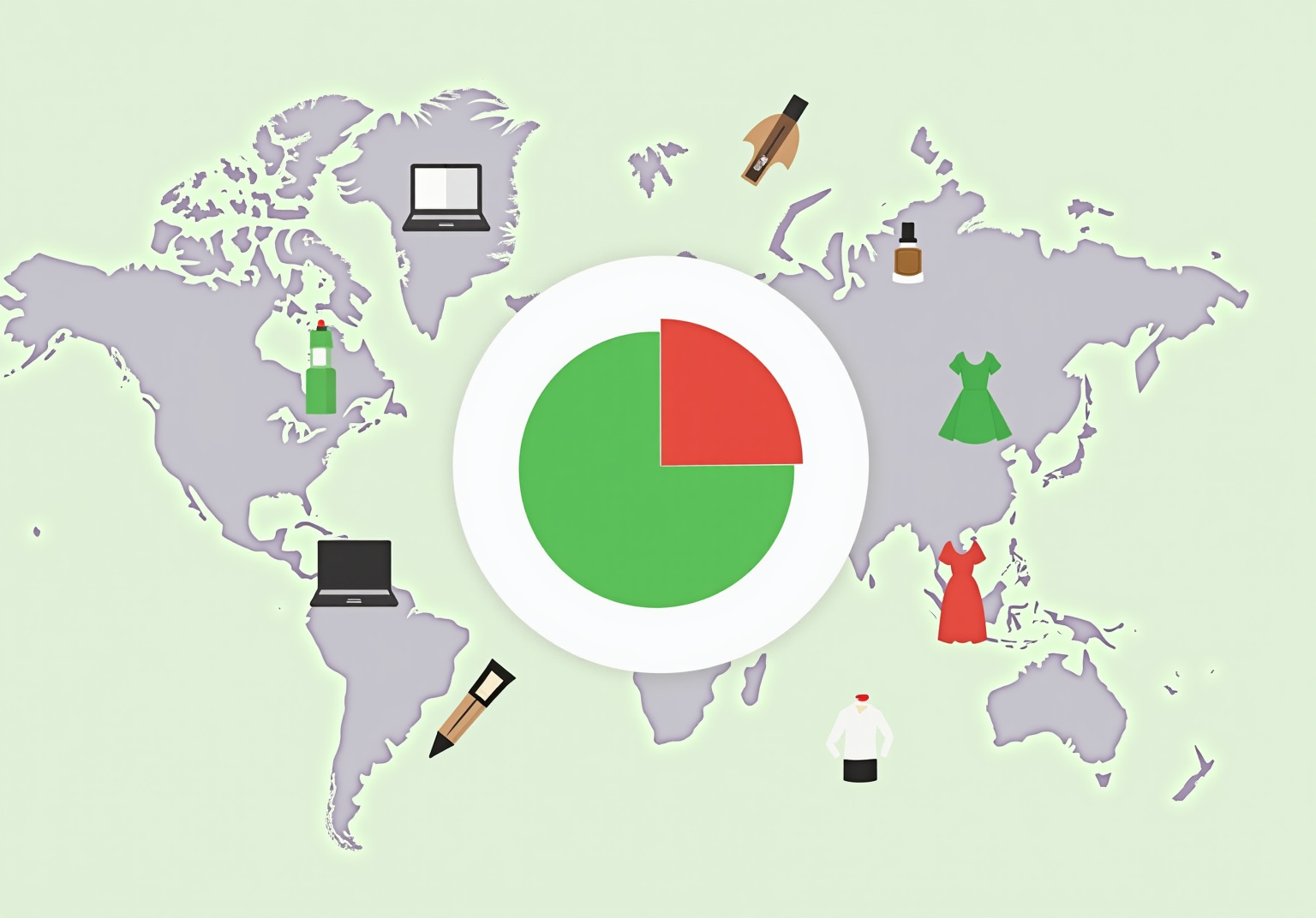
Overview
This article examines the significant variations in eCommerce conversion rates across various industries and their implications for direct-to-consumer (DTC) brands. Notably, sectors such as health and beauty frequently achieve higher conversion rates, largely due to the emotional engagement they foster. In contrast, industries like electronics typically experience lower conversion rates. This disparity underscores the necessity for DTC brands to implement tailored strategies that optimize performance, taking into account the unique characteristics inherent to each industry.
Introduction
Understanding the nuances of eCommerce conversion rates is crucial for direct-to-consumer (DTC) brands navigating a competitive landscape. These rates not only reflect the effectiveness with which a website converts visitors into customers but also act as a barometer for profitability and growth opportunities.
However, the challenge lies in the stark differences across industries; while some sectors thrive with rates exceeding 3%, others struggle to reach even 2%.
What factors drive these disparities? How can DTC brands leverage this knowledge to enhance their performance and optimize their strategies?
This article delves into these critical questions, providing insights that empower DTC brands to elevate their conversion strategies and achieve sustainable growth.
Understanding eCommerce Conversion Rates: An Overview
eCommerce completion percentages represent the proportion of visitors to an online shop who undertake a desired action, such as making a purchase. For DTC companies, understanding these figures is crucial, as they have a direct impact on profitability and growth. A higher conversion ratio indicates that a larger percentage of visitors are engaging with the company's offerings, potentially leading to increased revenue without the need for additional advertising spend. Notably, the ecommerce conversion rate by industry can vary significantly across sectors due to factors like customer expectations, product categories, and market dynamics. Therefore, a comprehensive understanding of these metrics is vital for companies aiming to improve their performance in a competitive landscape.
Partnering with an expert agency like Parah Group can significantly enhance these efforts. With a focus on sustainable growth and profitability, Parah Group employs designed to not only elevate engagement rates but also reduce customer acquisition costs. Their senior-level team, experienced on both the brand and agency sides, possesses a deep understanding of the key metrics that matter to DTC brands, ensuring that every optimization initiative aligns with the brand's long-term objectives.
Upon partnering with Parah Group, you will benefit from a customized onboarding process and ongoing communication tailored to your needs, fostering a collaborative approach to achieving your goals. Brands interested in collaborating with Parah Group should possess a minimum of 100,000 website visitors and 2,000 successful transactions per month to ensure effective optimization.
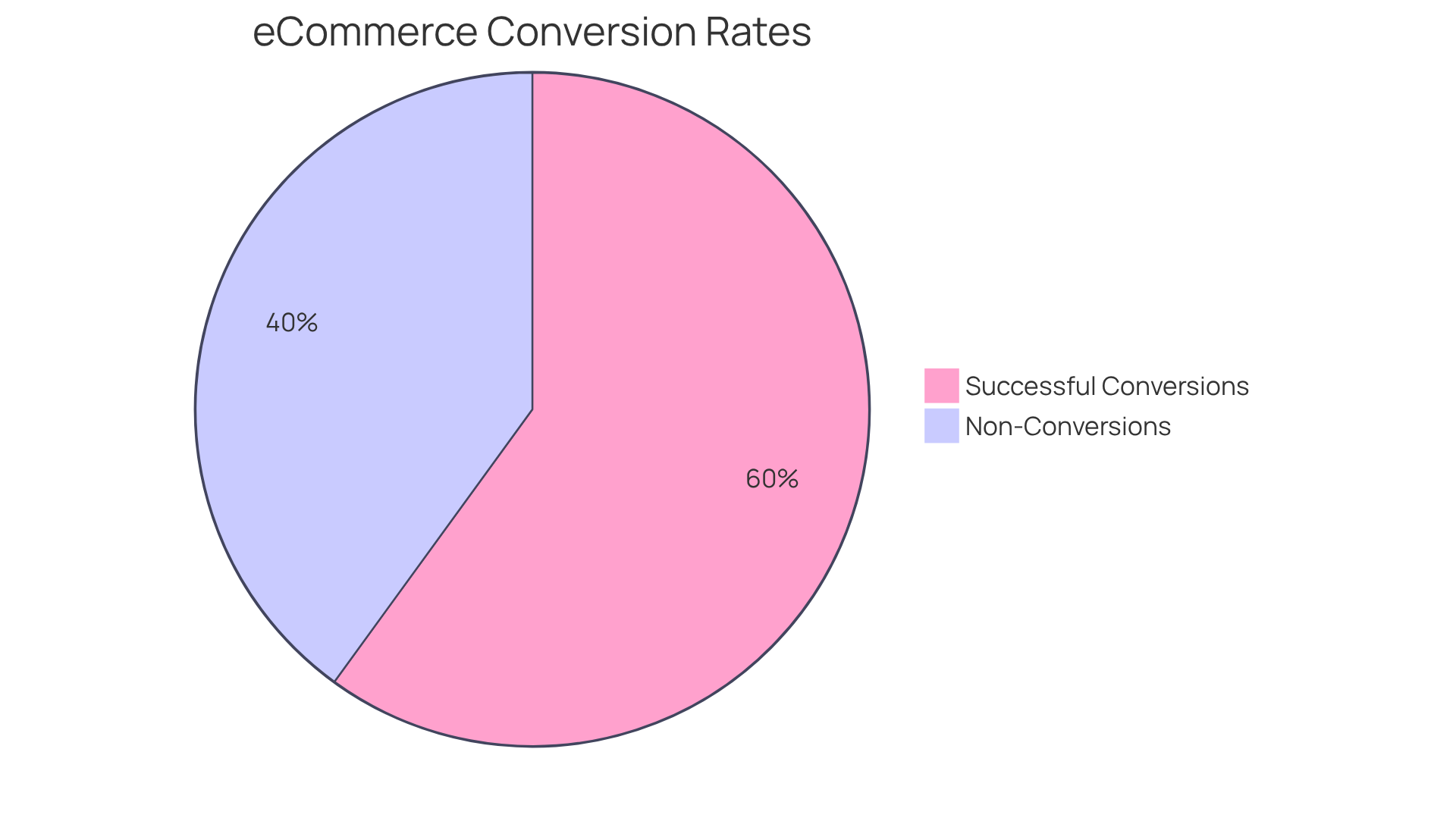
Comparative Analysis of eCommerce Conversion Rates by Industry
There is significant variability in the ecommerce conversion rate by industry. Notably, the ecommerce conversion rate by industry in the fashion sector typically ranges from 1.5% to 3%. In contrast, the electronics sector shows lower figures for the ecommerce conversion rate by industry, varying between 1% and 2%. However, health and beauty companies often achieve higher ecommerce conversion rates by industry, frequently exceeding 3%, driven by robust customer loyalty and repeat purchases.
This comparative analysis underscores that sectors characterized by , such as beauty and wellness, generally outperform more transactional domains like electronics, as evidenced by the ecommerce conversion rate by industry. By understanding these distinctions, DTC brands can better assess their performance and set aspirational goals for future success.
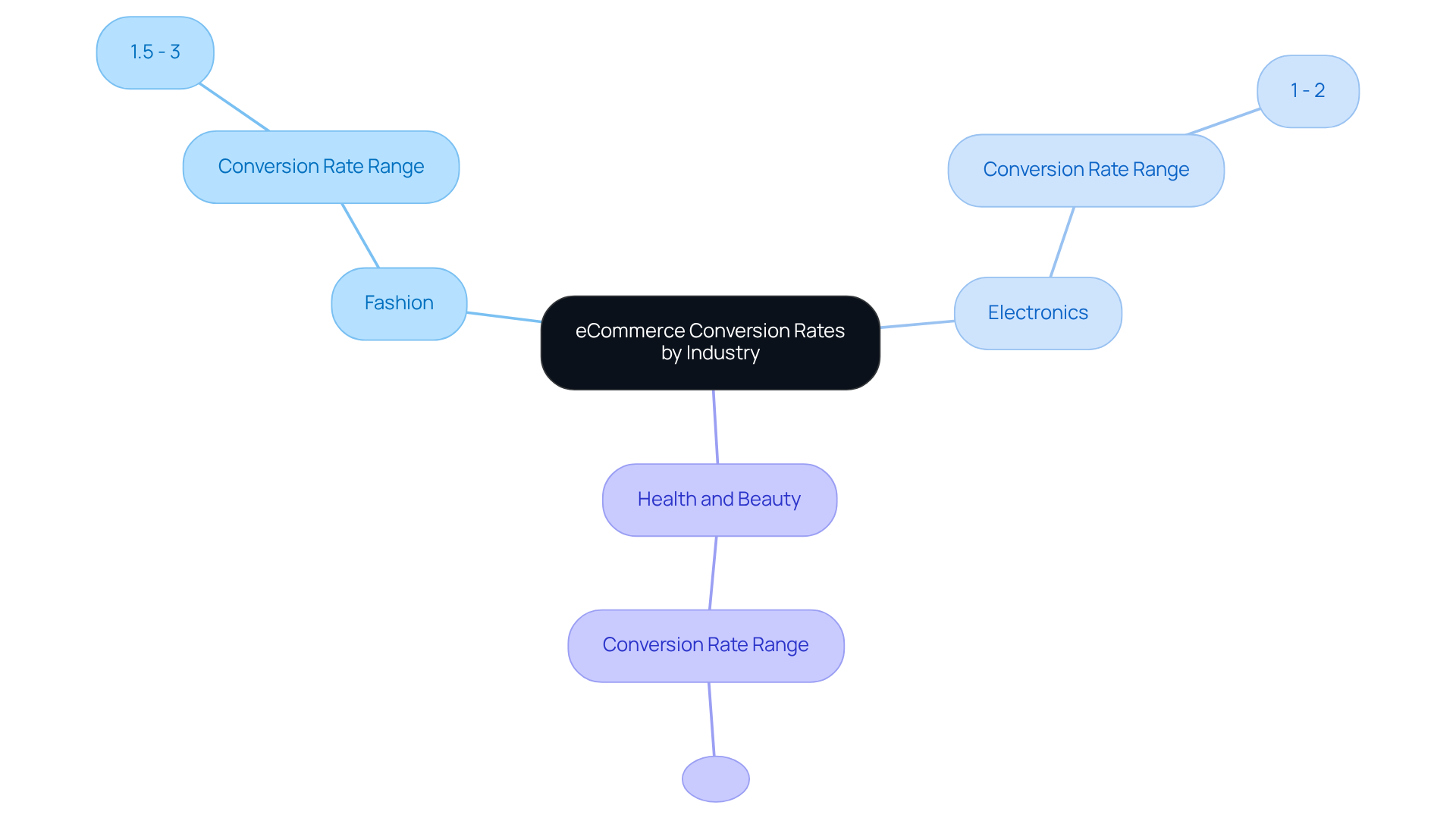
Key Factors Influencing eCommerce Conversion Rates Across Industries
Numerous essential elements significantly influence the ecommerce conversion rate by industry across various sectors, especially regarding Conversion Optimization strategies (CRO). User experience (UX) is paramount; websites that are easy to navigate and visually appealing tend to achieve higher ecommerce conversion rates by industry.
Parah Group's five-step process underscores the necessity of , which can substantially enhance user engagement and drive sales. Furthermore, pricing strategies, including discounts and perceived value, play a crucial role in shaping consumer behavior. Trust elements, such as customer feedback and secure payment methods, are also instrumental in determining sales outcomes.
For example, sectors that prioritize customer service and interaction, like fashion and beauty, often witness increased sales success, which reflects the ecommerce conversion rate by industry due to the emotional connections they foster with consumers. By leveraging comprehensive CRO strategies, DTC companies can maximize profitability and effectively tailor their approaches to meet consumer needs.
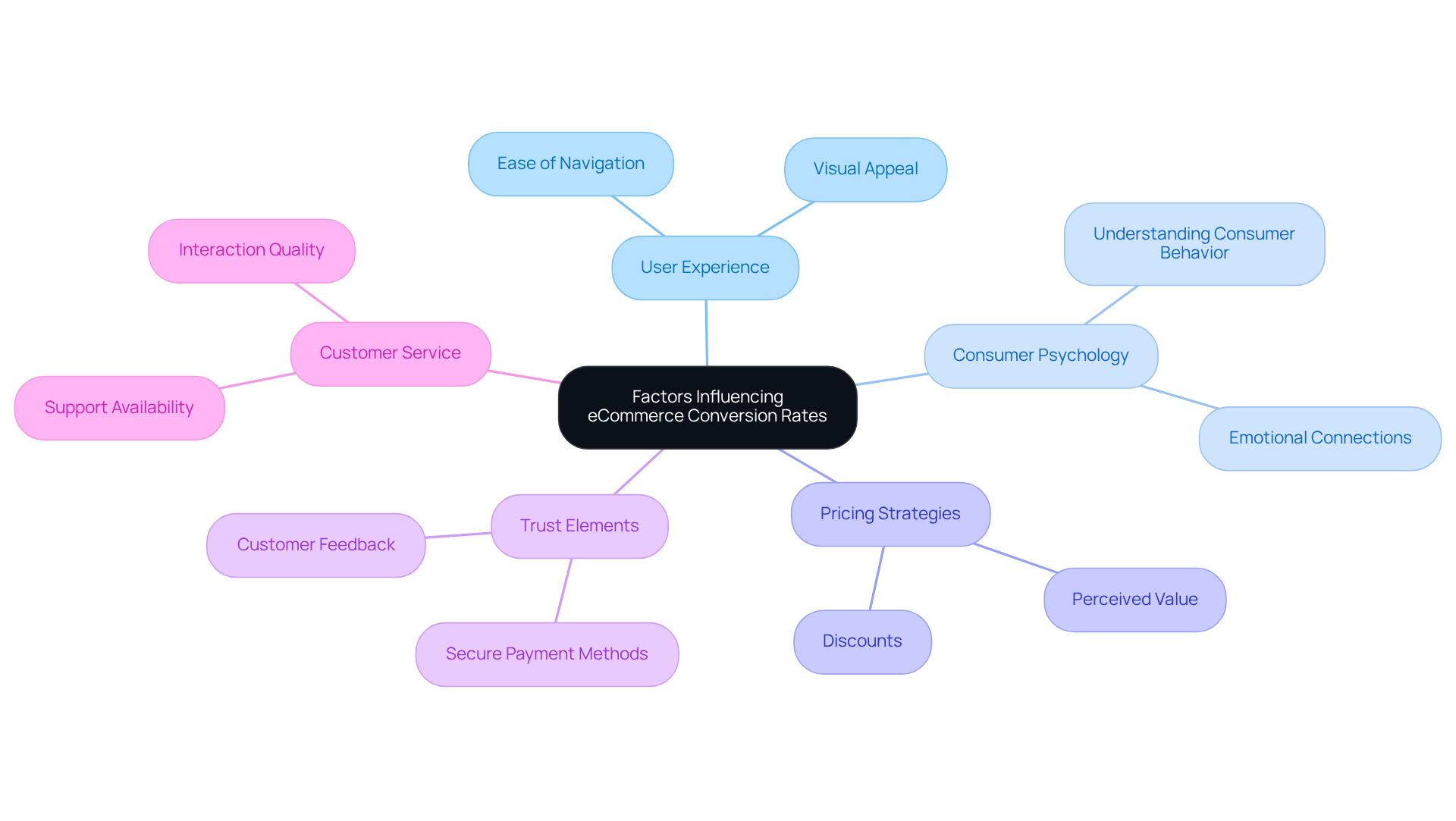
Strategies for Optimizing Conversion Rates in Different Sectors
To optimize the ecommerce conversion rate by industry, DTC companies must adopt strategies that are finely tuned to their specific industry characteristics while leveraging a by industry. For instance, fashion companies can significantly enhance engagement and trust by utilizing high-quality visuals and user-generated content, which aligns seamlessly with consumer psychology principles. In the electronics sector, the provision of detailed product descriptions and comparison tools empowers consumers to make informed decisions, thereby maximizing their confidence in purchases. Health and beauty companies stand to benefit from personalized suggestions and loyalty programs, which effectively promote repeat purchases and further enhance profitability. Moreover, implementing A/B testing across various elements—such as landing pages, call-to-action buttons, and checkout processes—can yield invaluable insights into what resonates most effectively with the target audience. By focusing on these tailored strategies and adopting a holistic, data-driven approach, brands can significantly enhance their ecommerce conversion rate by industry while driving sustainable growth.
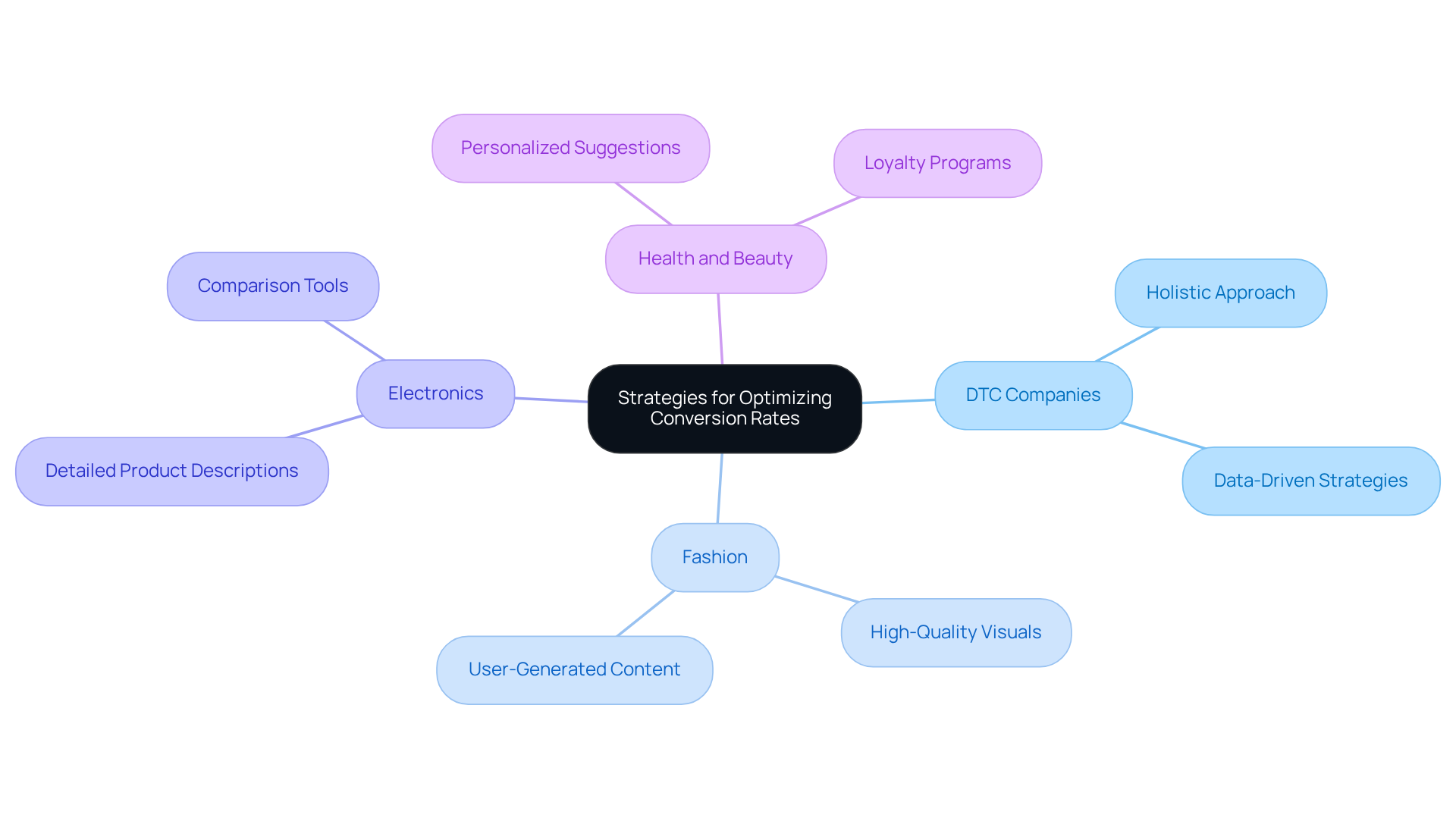
Conclusion
Understanding the nuances of eCommerce conversion rates across various industries is crucial for DTC brands striving to excel in a competitive market. Each sector presents distinct challenges and opportunities that significantly impact how effectively businesses convert visitors into customers. By acknowledging these differences, brands can customize their strategies to enhance engagement and, ultimately, drive sales.
The article underscores that conversion rates vary markedly by industry, with sectors such as health and beauty frequently outperforming more transactional domains like electronics. Key factors influencing these rates encompass user experience, pricing strategies, and emotional engagement. Implementing targeted conversion optimization strategies—such as utilizing high-quality visuals in fashion or personalized recommendations in beauty—can yield substantial improvements in conversion rates.
Ultimately, the importance of eCommerce conversion rates cannot be overstated. As DTC brands navigate the complexities of consumer behavior and market dynamics, embracing a data-driven approach to conversion rate optimization is vital. By concentrating on industry-specific strategies and prioritizing customer experience, brands can not only boost their profitability but also cultivate lasting relationships with their customers. This proactive approach will ensure sustained growth and success in the ever-evolving eCommerce landscape.
Frequently Asked Questions
What are eCommerce conversion rates?
eCommerce conversion rates represent the proportion of visitors to an online shop who undertake a desired action, such as making a purchase.
Why are conversion rates important for DTC companies?
Understanding conversion rates is crucial for DTC companies because they directly impact profitability and growth. A higher conversion ratio indicates that more visitors are engaging with the company's offerings, potentially leading to increased revenue without additional advertising spend.
How do conversion rates vary across different industries?
The eCommerce conversion rate can vary significantly across sectors due to factors like customer expectations, product categories, and market dynamics.
How can companies improve their eCommerce conversion rates?
Companies can improve their conversion rates by gaining a comprehensive understanding of these metrics and implementing strategies tailored to their specific market and customer needs.
What role does Parah Group play in enhancing eCommerce conversion rates?
Parah Group partners with companies to enhance their conversion rates through sustainable growth and profitability strategies. They employ data-driven methods to elevate engagement rates and reduce customer acquisition costs.
What qualifications should brands have to collaborate with Parah Group?
Brands interested in collaborating with Parah Group should have a minimum of 100,000 website visitors and 2,000 successful transactions per month to ensure effective optimization.
What does the onboarding process with Parah Group involve?
Upon partnering with Parah Group, brands will benefit from a customized onboarding process and ongoing communication tailored to their needs, fostering a collaborative approach to achieving their goals.
FAQs











